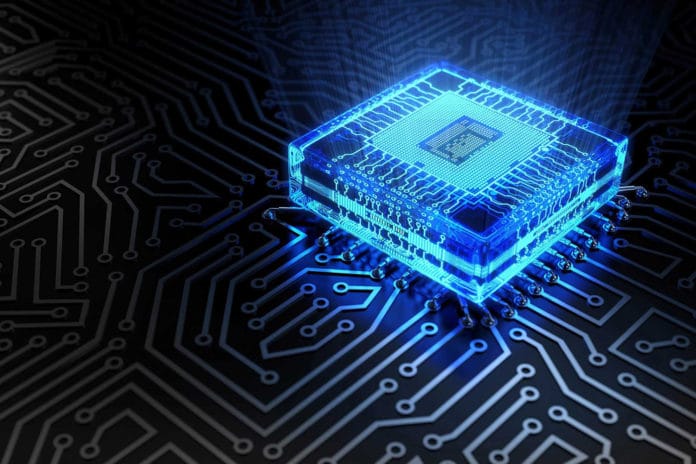Some part of the energy that we consumed is wasted as heat, for instance, our cell phones, laptops, car engines, and even refrigerators heat up with overuse. It will be great if we can create smaller but more efficient technology that could put this thermal energy wasted by our gadgets to much better use.
With the mission to capture the heat they generate and turn it into more energy, a University of Utah team has developed a new silicon chip called a “device” that converts more thermal radiation into electricity. This new device works at the nanoscale where the theoretical “blackbody limit” falls apart.
The blackbody limit theory – proposed by Max Planck more than a century ago – describes the maximum amount of energy that can be produced from thermal radiation (heat). But when the spacing between the objects is small enough (devices are very, very close), the law breaks down and heat transfer from one object to another increases more rapidly. And mechanically it has always been a significant challenge to keep two objects as close as possible without letting them actually touch.
But an associate professor Mathieu Francoeur and his team have made it possible. Their tiny chip measuring 5x5mm comprises two silicon wafers placed less than 100 nanometers apart and held in a vacuum. The team heated one surface and cooled another surface, which created a heat flux that can generate electricity.
The concept of creating energy in this way is not unique, but the method the team developed for maintaining such a microscopically close, uniform hesitance between the silicon wafers is.
“Nobody can emit more radiation than the blackbody limit,” Francoeur said. “But when we go to the nanoscale, you can.“
According to scientists, such a device could not only cool down portable devices but also channel the electricity generated into an appliance, increasing the battery life for a laptop or similar device by much as 50%. Besides, the chips could be used to improve the efficiency of solar panels by increasing the amount of electricity from the sun’s heat.
Moreover, the chips could be designed to fit in implantable medical devices such as a pacemaker that would not require replaceable batteries. Plus it can keep the system’s operating temperature lower, preventing degradation.
“You put the heat back into the system as electricity,” he said. “Right now, we’re just dumping it into the atmosphere. It’s heating up your room, for example, and then you use your AC to cool your room, which wastes more energy.”
Their study is published in the newest issue of Nature Nanotechnology.
